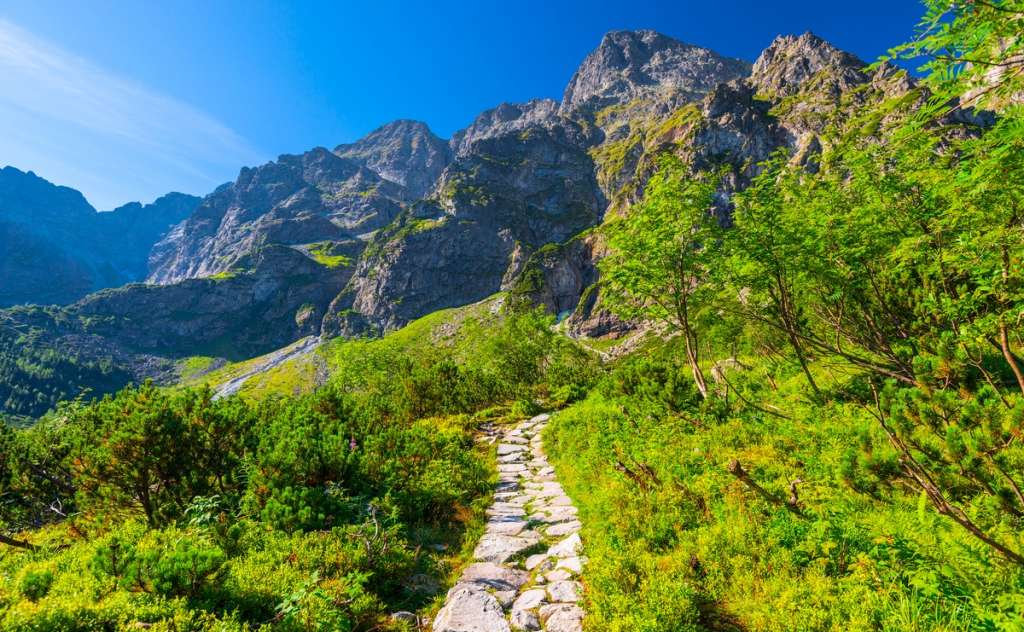The Viglafi pyramid

The Viglafi pyramid, close to Elafonisos and Pavlopetri, is one of the Greek pyramids that has attracted the interest of scientists.
It is the most extensive construction, compared to the rest of the kind, in Greece, except the pyramid of Amfeios. The pyramid was first mentioned by English traveller Leake, who visited the site and said that it was the tomb of Kinas - captain on Menelaus' ship. He had characteristically stated that "at the point where the rock is completely vertical, and caves are formed around it, I discovered the ruins of an ancient pyramid". When Pausanias, most probably on foot, visited the pyramid, he mentioned (in "Lakonika") that, in addition to the tomb of Kinas, he also saw a temple of Athena, which was said to have been built by Agamemnon. Pausanias considered these pyramidal structures as polyandria (mass graves).
The Viglafi pyramid is a construction with dimensions of 17.50 x 16 metres. Part of its building material has been looted and used to build barns and warehouses. There is a stable with a different stone structure at an adjacent stable (behind the private area that belongs to a German scientist). It is certain that its door was transported intact from the pyramid and became the entrance to the stable. Today, visitors can see a pile of rectangular stones. Around the pyramid, a trench (ditch) has been dug in the rock on all three sides. The fourth side is right on the edge of the rock and has no trench. At some point, in fact, some notches testify to the use of a movable bridge. This element indicates the fortification character of the construction, something that we do not find in other cases. The trench excavation is also the quarry from which the largest and square boulders of the masonry have been quarried.
During the years 1982-1983, the University of Berkeley in California and the University of Alberta in Canada, as part of a joint research project, studied the Pyramids of Argolis and that of the Viglafi. Also, Pritchett, an archaeologist at the University of Canada, led Christos Lazos to visit the pyramid in 1996. The pottery found is from the 4th-5th BC. century, but if we consider that the ditch is full of rubble, then it is very likely that there is pottery of earlier times in deeper layers.
Finally, between the pyramid and Elafonisos, there is an area where there is an ancient dam, many antiquities and a small lagoon surrounded by Mycenaean tombs, most of which have been looted. In fact, there is a relief face of the Egyptian Sphinx at some point. Similar findings have been found at Mount Taygetos' wider area.



